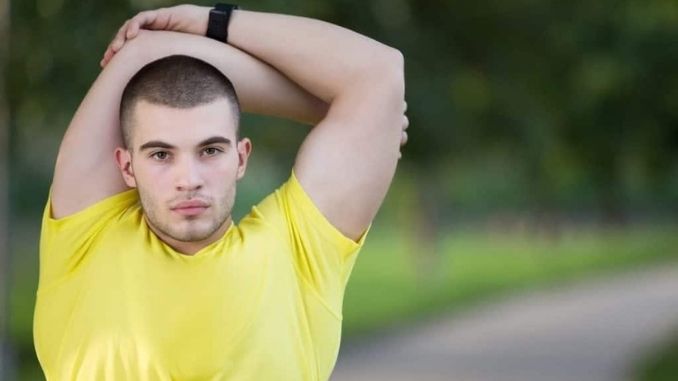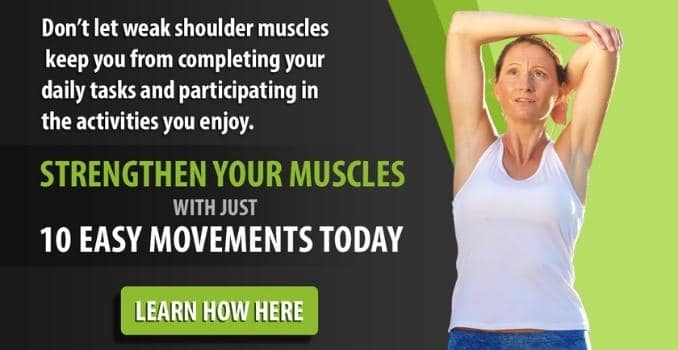Addressing Shoulder Dysfunction Beyond the Shoulder Itself
By Tara Keller, BSc.(KIN), MES
Part I: The Kinetic Chain
Whether you work with multisport athletes or older adult populations it is common to see soft tissue stress covering. The shoulders during repetitive actions like freestyle swimming or during sustained posturing at a computer. Excessive protraction, elevation, and internal rotation (forward rounding) at the shoulder can narrow the joint spaces surrounding the shoulder itself and cause shoulder impingement and strain on the rotator cuff injury.
When we have areas of weakness or inflexibility, the body finds ways to balance. And perform the movement, often putting our joints in these compromised positions. As a result, adverse tissue stress is often present before our clients are even aware of it. Setting the stage for hives, soft tissue bulges, and eventual scar tissue development to occur.
The Shoulder Injury Around Athletes
In the realm of athletic training, elite athletes regularly display the best (or should I say, worst) compensation strategies in avoidance of addressing their foundational defects. As a result, addressing shoulder pain and dysfunction when it does arise requires skilled practitioners to look far beyond the symptoms to uncover the silent triggers.
While the ergonomics within a work environment or the particular equipment used in sport, like a cyclist’s bike design, can contribute to shoulder dysfunction, it is important to look beyond equipment factors alone to determine the functional and biomechanical restrictions that are present.
Recommendation
We recommend using useful movement screening to identify markers for joint instability and potential for injury based on compensatory strategies that can contribute to issues like shoulder pathology. Movement screening allows us to develop training programs that will retrain the aberrant movement pattern and stop the cycle of injury before it starts.
No movement at any joint is limited to the action of one muscle. An entire kinetic chain response occurs for every movement that we elicit. Your arms establish their movement pattern and direction based on actions that occur well below the shoulder itself.
In order for the head of your humerus to rotate properly inside your glenohumeral joint (shoulder joint). The muscles of your rotator cuff have to balance their activities to support each motion. These rotator cuff muscles actually initiate from your shoulder blade.
If other muscles, like your trapezius muscles which are also inserted onto the shoulder blade, are not functioning properly. They will change the position of the shoulder blade and subsequent action and demand of the rotator cuff muscles.
The shoulder blade virtually supports the shoulder joint; followed by the spine. The opposing hip, and persisting all the way down the opposite leg. Dysfunction surrounding the base of support along any of these joint segments sets a silent stage for change in action at the shoulder.
“The motor system functions as an entity. It is in principle a wrong approach to try to understand impairments of different parts of the motor system separately, without understanding the function of the motor system as a whole.“ – Vladimir Janda
In the next article, you will experience the impact that cueing can have. And on motor function in Part II of this article.
This was a guest blog post from Tara Keller. To learn more about Tara, you can visit her website at Essential Kinetics.
Rick Kaselj, MS




